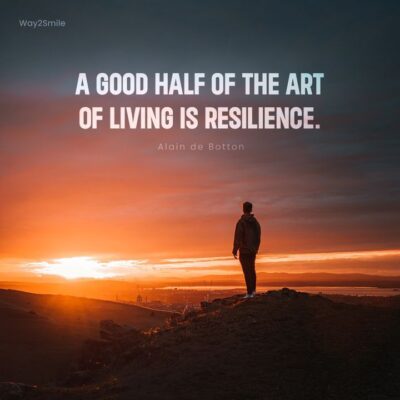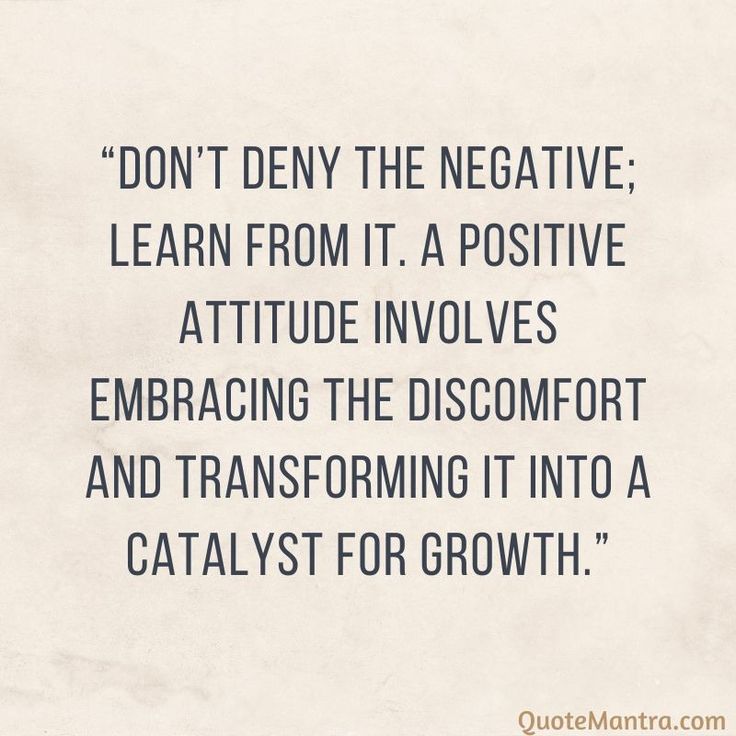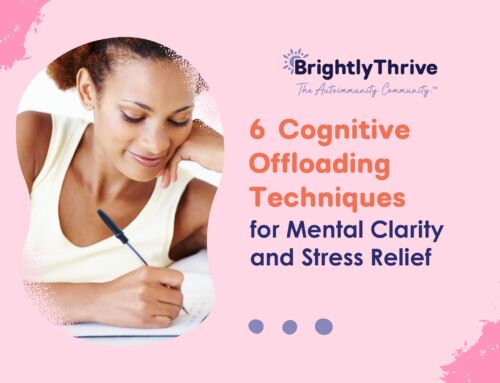
Here’s Why Discomfort Can Help Promote Your Healing Potential
Discomfort might seem like an annoying tag-along, but surprisingly, it’s got a big part to play, especially for those of us juggling autoimmune challenges. Whether it’s a nagging ache or those emotional ups and downs, discomfort is our body’s way of giving us a heads-up. It’s like a little nudge or a whisper, suggesting that it might be time to check in with a doctor or make some changes to our health routines. So, while it might be annoying, it’s really just trying to help us out in its own way. How, you ask?
It pushes us to research, learn, and connect with others experiencing similar struggles, fostering a sense of community. And this is what BrightlyThrive™ is all about. Our mission is to empower individuals affected by autoimmune conditions to thrive, not just survive, by providing a supportive and inclusive space where everyone’s journey is valued and celebrated. Through access to expert resources, personalized support, and engaging activities, we aim to equip our members with the tools and knowledge they need to navigate the discomfort in their autoimmune journey with confidence and resilience.
Discomfort might be unpleasant, but it plays a vital role in our journey toward better health, especially when dealing with autoimmune diseases. It’s like a signal flagging us to take action, nudging us toward seeking better health and wellness. But remember, it’s not a journey you have to embark on alone. A supportive community and a strong network can make all the difference, providing encouragement and sharing insights that help us manage our health more effectively. Together, discomfort and support combine to steer us toward a healthier, more balanced life.
Discomfort vs Pain
It’s important to distinguish between pain and discomfort. Pain is your body’s immediate signal to stop and reassess, often indicating injury or illness that needs attention. Discomfort, on the other hand, often signals a different kind of message—one of adaptation and growth.
Recognizing the significance of discomfort in managing autoimmune diseases can transform our approach to health. Whether it arises from the introduction of new medications or the mental strain of breaking lifelong habits, these discomforts serve as signals of potential positive change. They indicate that our bodies and minds are adapting to healthier norms, reinforcing the importance of embracing and navigating through these discomforts on our journey towards improved well-being.
The Path of Discomfort towards Resilience for Managing Autoimmune Conditions
Embracing discomfort is crucial in building resilience—both emotional and physical. For individuals with autoimmune conditions, the path to stability often involves navigating various forms of discomfort. This could mean enduring side effects as the body adapts to new medications or coping with the emotional stress of dietary restrictions.
Each challenge faced and overcome not only strengthens physical resilience but also fortifies mental and emotional resolve, teaching valuable lessons in patience, perseverance, and the limits of personal endurance.

Embracing Discomfort: The Path to Resilience in Autoimmune Management
Navigating autoimmune management often involves stepping into uncomfortable territories. Whether it’s adopting new medical treatments or altering daily routines, each challenge faced is not just a test but an opportunity for growth.
For example, consider the introduction of a new therapy that requires regular injections. While the initial discomfort and anxiety about self-administering injections may be daunting, it’s important to keep in mind the overarching goal: improving your health. Over time, this process may become a routine part of life, representing a transformation from discomfort to resilience, and bringing you closer to better health and well-being.
Similarly, making dietary changes can initially disrupt your social habits and personal satisfaction. Removing gluten or dairy, common triggers for autoimmune responses, might feel restrictive and isolating at first – and it’s not the best feeling! However, remember the real goal: these changes aim to reduce your symptoms and boost your overall energy, making the initial discomfort a worthwhile investment in your long-term health.

Setting boundaries, especially in personal relationships and social engagements, is another area where discomfort arises. Learning to say no to activities that exacerbate symptoms or drain energy can feel uncomfortable, but keep in mind the ultimate purpose: these boundaries are crucial for managing your energy and maintaining your health. By focusing on these goals, the discomfort becomes a steppingstone to a more balanced and sustainable lifestyle.
Turning Discomfort into Wins
Dealing with autoimmune conditions often means venturing into some pretty uncomfortable territory. But hey, it’s all part of the journey, right? Here are our top strategies to help you handle the discomfort and turn it into a real chance for growth:
-
Start Small:
- Begin with manageable changes and gradually introduce new therapies to help your body and mind adapt smoothly.
- Keeping a journal can be incredibly helpful to monitor your progress and reactions, providing tangible proof of your adaptation and improvement.
-
Build a Strong Support System:
- Create a network of healthcare providers, friends, and family who understand and support your health goals.
- This support can provide encouragement and crucial insights when the going gets tough.
-
Educate Yourself:
- Gain a thorough understanding of your condition and the treatments available. Knowing the ins and outs can demystify the process and reduce anxiety related to new treatments.
-
Stay Mindful and Present:
- Practicing mindfulness and staying present can help you cope with discomfort by reducing stress and enhancing your emotional resilience.
-
Focus on the ‘Why’:
- Keep in mind the reasons behind each health decision you make. Aligning your actions with your personal health goals transforms discomfort from a barrier into a bridge to better health.
By weaving these tips into your daily health routine, you can turn those uncomfortable moments into powerful steppingstones for personal growth and healing. It’s all about making that discomfort work for you, not against you!
Discomfort, when navigated correctly, isn’t just an inevitable part of dealing with autoimmunity—it’s a vital component of the healing process. Shifting from a mindset of fear to one of courage doesn’t merely alter one’s approach to health; it transforms it. By learning to harness and understand the role of discomfort, we can tap into our full healing potential, paving the way for a healthier, more resilient life.
Resources
Hill, D. (2023, July 26). Embracing Discomfort: The Surprising Path to a Meaningful Life. Mindful.
Woolley, K., & Fishbach, A. (2022, March 29). Motivating Personal Growth by Seeking Discomfort. Psychological Science, 33(4), 510–523.
Ramp up your resilience! (2017, November 1). Harvard Health.
Nash, J. (2024, February 27). How to Set Healthy Boundaries & Build Positive Relationships. PositivePsychology.com.
Living with an Autoimmune Disease. (2022, January 1). Harvard Health.
Autoimmune Association. (2021). Coping with Autoimmunity.
Nortje, A. (2024, February 29). How to Practice Mindfulness: 11 Practical Steps and Tips. PositivePsychology.com.
Healthcare decision-making – options, benefits and risks. (n.d.). Better Health Channel.
TAGS:
CATEGORIES:






